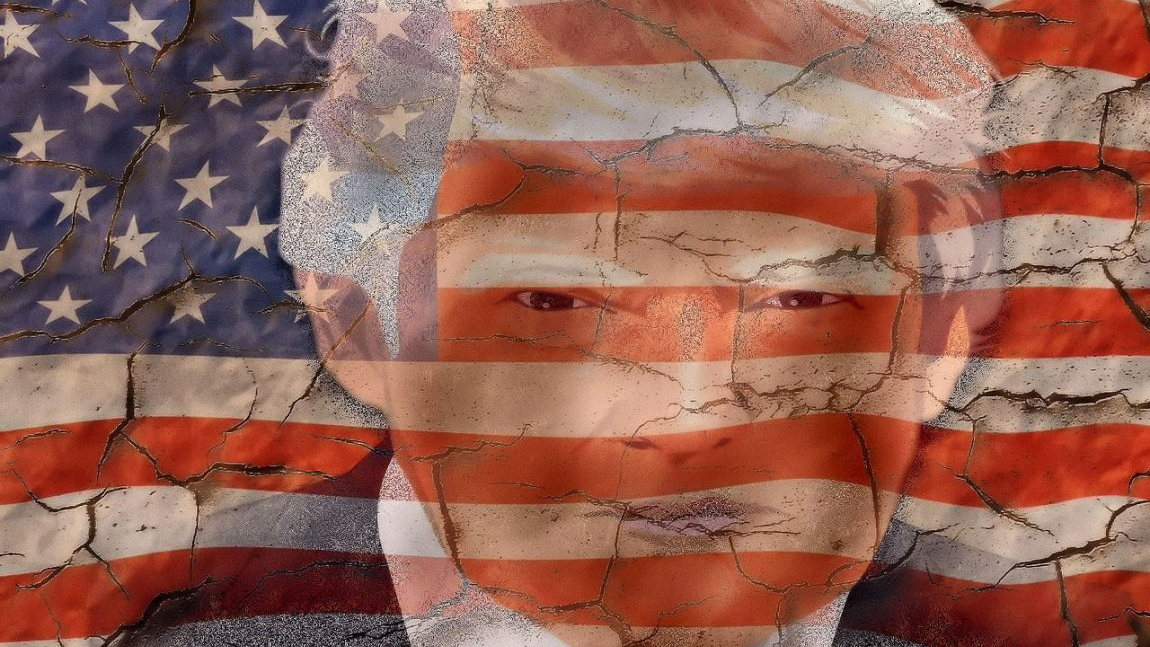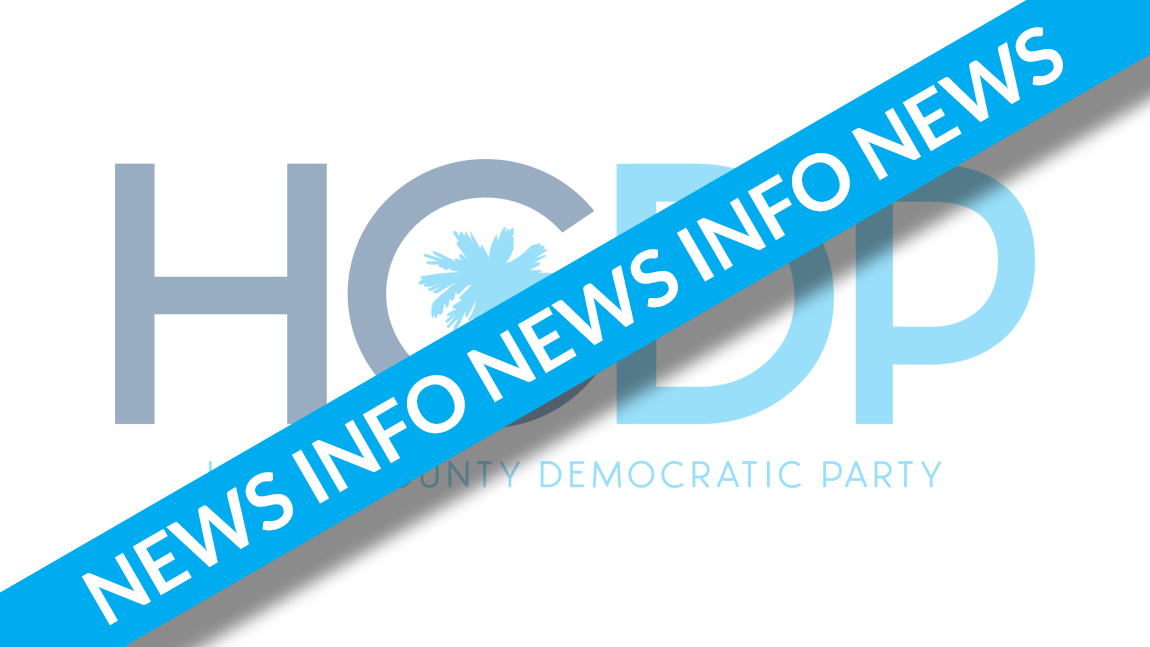By Rick Patelunas
With passage of the Republican tax cut, President Trump proclaimed that economic growth could be 4, 5, even 6 percent. As recently as last August, he claimed growth could be 5 percent in the near future. Despite the tax cut and the optimism, nothing near those growth levels has materialized and it doesn’t look like there’s much chance in the future.
Trump uses Gross Domestic Product (GDP) to define growth. GDP is the total monetary value of final goods and services produced in the US during a year. The idea behind the GDP measure is that it encompasses the entire economy, although that’s not entirely accurate because it excludes costs like the environmental costs of fossil fuels. The impact is that environmental costs are not captured when they occur, rather, they’re put off to some future period.
At the end of February, the President’s Council of Economic Advisors announced that 2018 was “A Banner Year for the US Economy.” The reason is that in 2018, Gross Domestic Product (GDP), grew to 3.1 percent from 2.5 percent in 2017.
The Council of Economic Advisors provided additional explanation for the 3.1 percent growth in 2018:
Had the pre-2017 trend continued, growth would have been 2.0 percent in 2017 and 2018… The 1.1 percentage point performance above trend is almost exactly in line with peer-reviewed estimates of an exogenous tax shock of the same magnitude as the Tax Cuts and Jobs Act, as reported in Mertens (2018), and is consistent with the Administration’s own estimates of the effects of the law.
In other words, without the boost provided by the Republican tax cut, 2018 would have been a continuation of the trend that began under President Obama. At least the trend was not derailed by Republican policies — at least not yet.
Due to Trump’s government shutdown, complete results for the fourth quarter of 2018 were not available when the Council of Economic Advisor’s released the 3.1 percent banner growth. In February, the Commerce Department released the final results for 2018 and growth was 2.9 percent, less than the 3.1 preliminary estimate, and far less than any of Trump’s predictions.
Slower Growth, Higher Unemployment
In March, the President’s Council of Economic Advisors released the Administration’s view of the future:
Assuming full implementation of the President’s economic agenda, the Administration projects real GDP to grow by 3.2 percent during the four quarters of 2019, and by 2.8 percent in the long term. After a further near-term decline, the long-term unemployment rate is projected to gradually rise to a natural rate of 4.2 percent, while inflation, as measured by the chained price index for GDP, is expected to remain stable at its current rate of about 2.0 percent.
The Administration’s outlook not only falls far short of Trump’s predictions, the forecast is for slower growth and higher unemployment even assuming full implementation of Trump’s agenda.
A recent survey of professional economists revealed that nearly 70 percent expect an economic downturn by 2021, with nearly half of them seeing a downturn by 2020. The day after the survey results were released, Federal Reserve Bank Chairman Jerome Powell testified before Congress that while the economy is strong now, it’s expected to slow over the next year.
Whether the economy shrinks in the next year or two years or even three years doesn’t change the fact that there will be a downturn. It’s the usual business cycle – overproduction then underproduction, peaks then valleys.
Setting the Stage for a Crisis
At this point in the business cycle when unemployment, inflation and interest rates are low and corporate profits are at record levels, the government deficit should be shrinking, possibly generating a surplus.
Instead, as a result of the Republican tax cut, the deficit is growing, and economic forecasts indicate that the stimulus effects of the Republican tax are already fading.
To compound the dire outlook, Republicans already are calling for austerity for discretionary programs. Despite campaign pledges otherwise, Trump’s 2019 budget calls for cutting Social Security, Medicare and Medicaid, the very programs designed to help those in need get through difficult times like recessions.
The Republican tax cut and ongoing Republican tactics to shrink government to the point it can be flushed down the drain not only hurt real people, they take away an important tool to counter economic downturns. When the economy slows during a downturn, the government can respond by increasing the money in the hands of the consuming public and expand government spending. More money in the economy increases demand, which in turn, “stimulates’ the economy.
Thus, Republican policies and Trump are setting the stage for a crisis.
Trump’s Council of Economic Advisors and most economists foresee an economic downturn and Republicans are calling for austerity. No amount of optimism or wishful thinking or trickle down policies will change that outlook.
The only way to change the outlook or have the tools available to counter a downturn is with new policies that unrig the system that now benefits the wealthy at everyone else’s expense. The wealthy will not miraculously see the light and help the rest of us.
The first step is to replace Trump and the Republican ideologues who view government as the problem with candidates who understand that government policies should benefit everyone, not just a select few.
Rick Patelunas has been active in the Horry County Democratic Party since moving to Myrtle Beach in 2012. He is a member of the Southenders club, served as Precinct President, been a delegate to State conventions and worked on a number of campaigns.






